A: For many content jobs, especially content strategy, content operations, and content management roles in traditional enterprises, you might not need a portfolio. You should consider making one anyway. If they require it, then you have it, and if they don’t, you can still use it.
Don’t Overcomplicate Things
Look: The industry conversation about portfolios is way too complicated. People have templates and methodologies to sell you, and some of the people who’ve put the most work into their portfolios are competing for leadership positions at huge tech companies or trying to build a freelance business and market themselves online. Bully for them! Learn what you can from those folks, but don’t confuse your situation with theirs. All you really need is this: a slide deck — a presentation — that introduces yourself and tells a few stories about some work you’ve done. Make that, however, you can, and you have a portfolio.
If you want to use a formula or pattern from a course or model it on someone else’s approach, that’s just fine. But you can get through with some headlines, a few images, a bit of writing, and a conversational tone.
Tell Some Work Stories
Tell the reader about some things you’ve done that illustrate how you think and some skills you have. Don’t overthink it: Who you are, what kind of role you want, and a few stories about some work you’ve done. Did you do cool work but the project got canceled? Put it in! Was your primary contribution stopping the team from doing something stupid? Well, definitely tell that story. If it’s not explicitly digital product design or UX design work, help the reader understand how it’s relevant. Does it show how you’re a user-centered person? That you’re good at planning and operations? That you have a knack for synthesis and analysis? Do tell!
If you’ve already written a resume, and been through a few interviews where you’ve shared anecdotes, you won’t have to look any further for inspiration for what to include in your portfolio. Put those stories in. (Pro-tip: run your phone’s voice recorder during interviews just in case you say something smart, in the moment, all full of adrenaline, that you want to re-use later.)
Create a Presentation
Build your portfolio simply, using presentation software like Keynote or Google Slides. Export it as a PDF. Put it on some cloud storage you can link people to like Dropbox or Google Drive. Everything on top of that is extra gravy. Refine and add to it over time, but only if you’d like.
You can finish a basic portfolio in a couple of hours, a decent one in a day, and a great one in a few days, no matter what level of experience you have. That doesn’t mean your first attempt is going to land you senior-level+ six-figure+ UX jobs right away, especially if you don’t have much experience, but as I’ve written previously, that’s not where most people get to start, anyway.
Don’t let the lack of a PDF you can attach to an application be the barrier that stops you from taking the next step in your career. Pick some stories, put them in deck, get some feedback from a friend, and then hit send!
Further reading you might find useful:
- What should I put in my UX content portfolio?
- Cuddle the Muddle: Paths into UX Content
- How do I get started in content strategy?
- How do I get started in UX writing?
- Where and How to Find UX Writing, Content Design, and Content Strategy Jobs
If you found this post helpful, Buy Me a Coffee.

